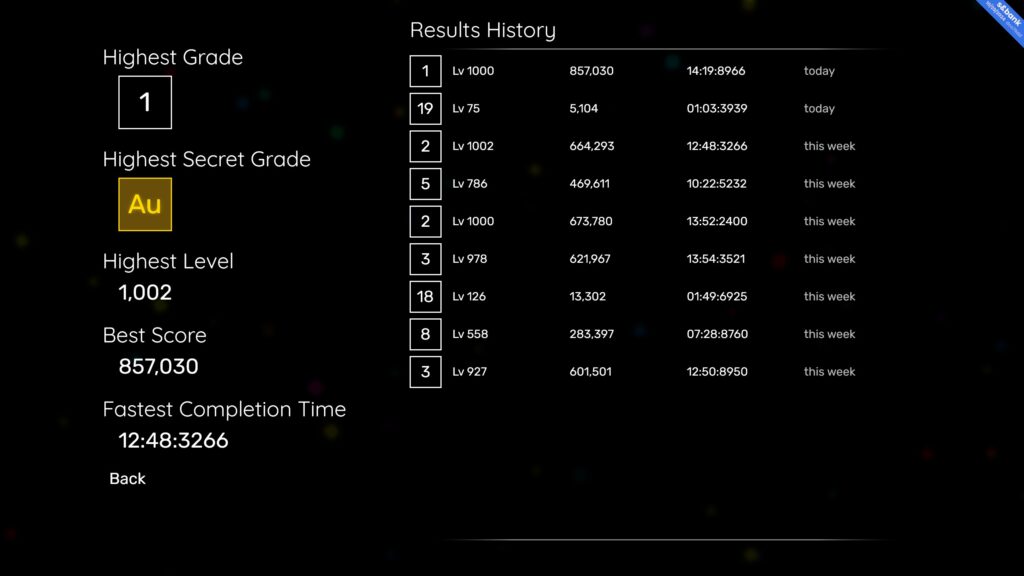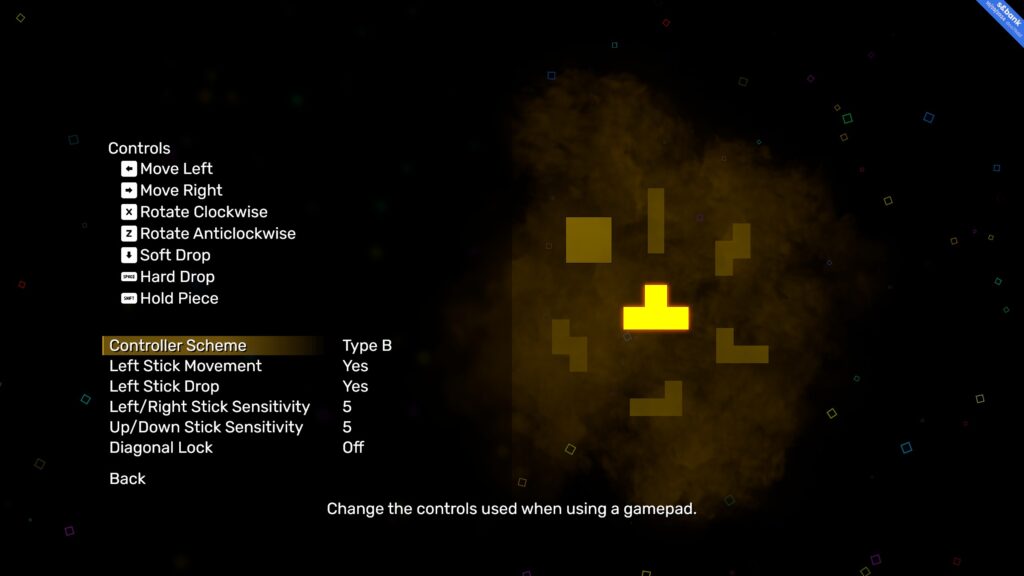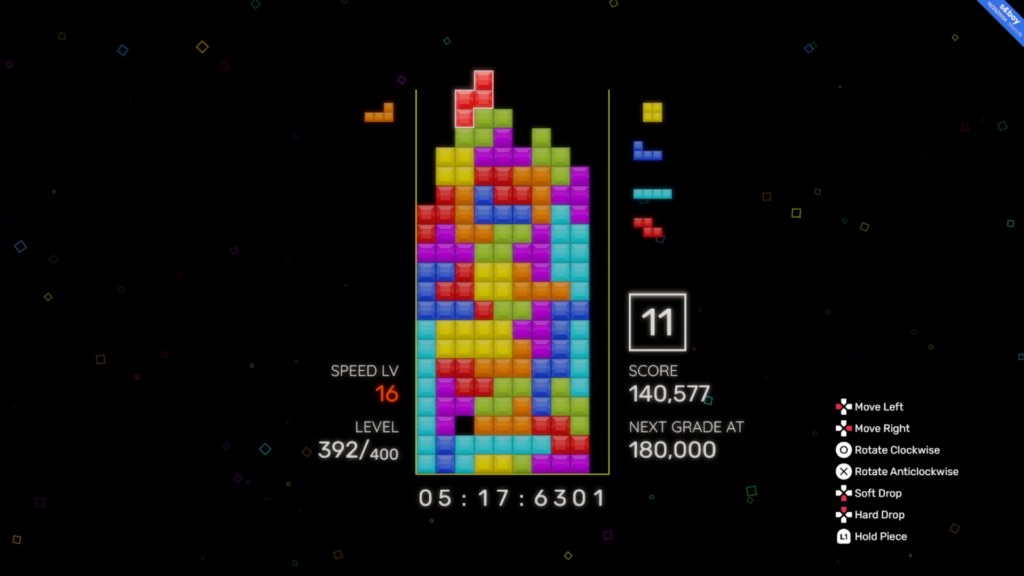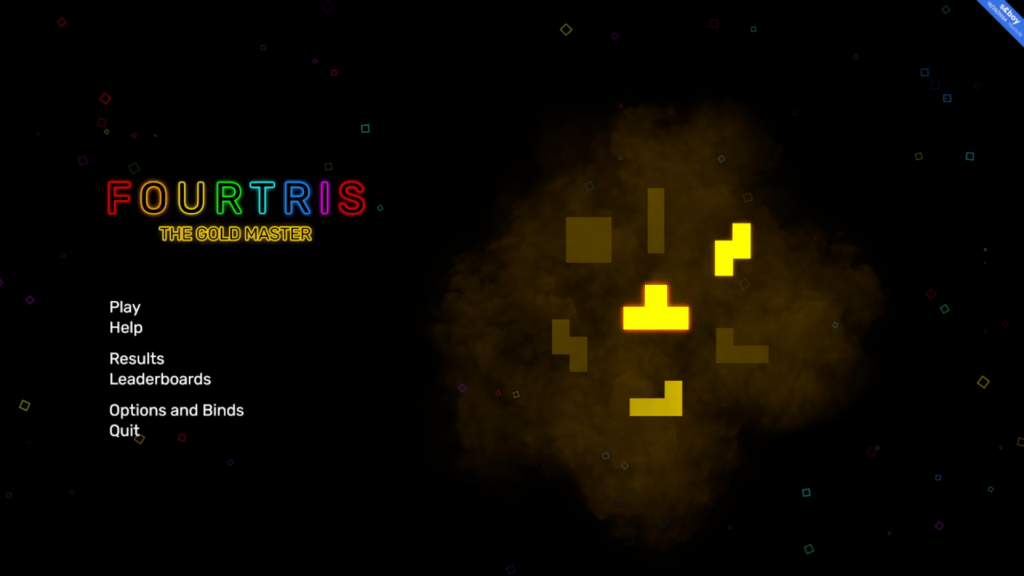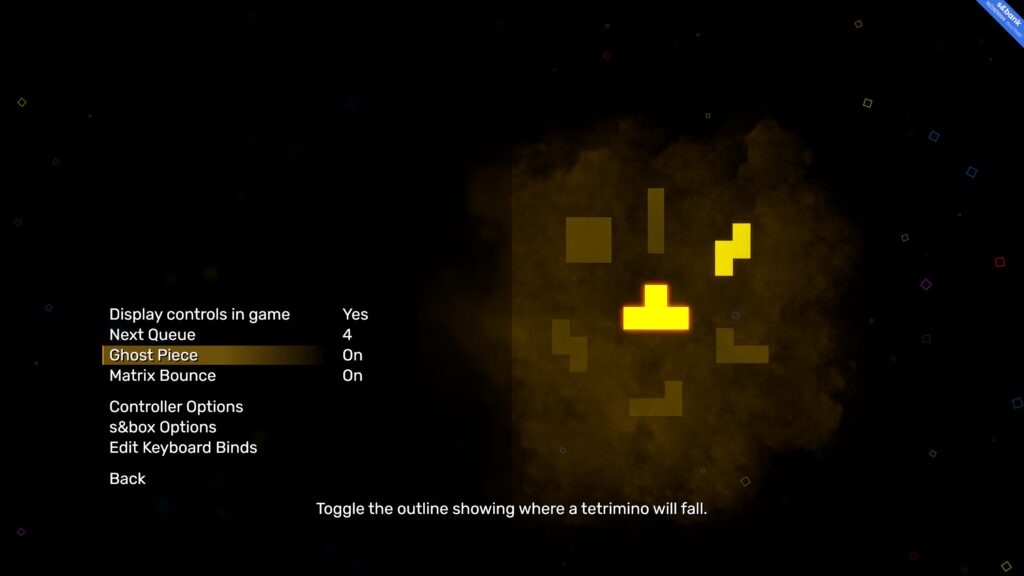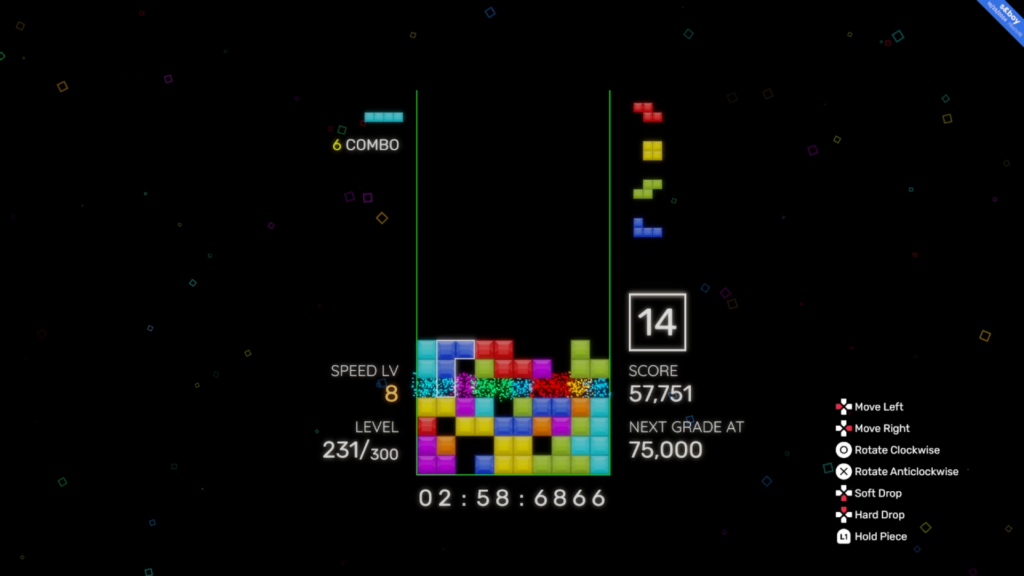I made another game for s&box, this time it’s Tetris flavoured.
I love Tetris and think it’s amazing, and I’ve put a lot of hours into it over the years between all the different official games and the ones available online, and I’m pretty decently good at it now. One of the ones I’ve liked but always been shit at when I’ve tried it is Tetris The Grand Master. Official Tetris games since 2001 have (mostly) used a set of mechanics that are consistent across all of them, these are called the Tetris guidelines. TGM was released before then and doesn’t use the guideline implementation, so it has its own color scheme, rotation system, randomization and scoring system among others. In practice, it means that in order to get good at TGM you’ve got to learn TGM specifically rather than learning Tetris.

I wanted to make a TGM-style challenge but using the guideline mechanics, so that’s what I did. I made the first version in 2022 after we finished up Garryware where I got the main mechanics working and rendered the game using s&box’s UI system to make a 2D game instead of a 3D one. Then I ran out of time to work on it and it went on the backburner. Nearly a year later I went back to it and all the UI rendering was broken due to s&box updates so I started fixing it up to use quad-based sprites that existed in 3D, but again ran out of time to work on it.
Third time’s the charm though, since with their new scene system it was far easier and faster to get it working again. I cut out a bunch of the extra crap that I’d scope-creeped in over time and went back to it being a pure challenge. Reach the end, it’s going to be hard. If you want the best ranking it’s going to be really hard.
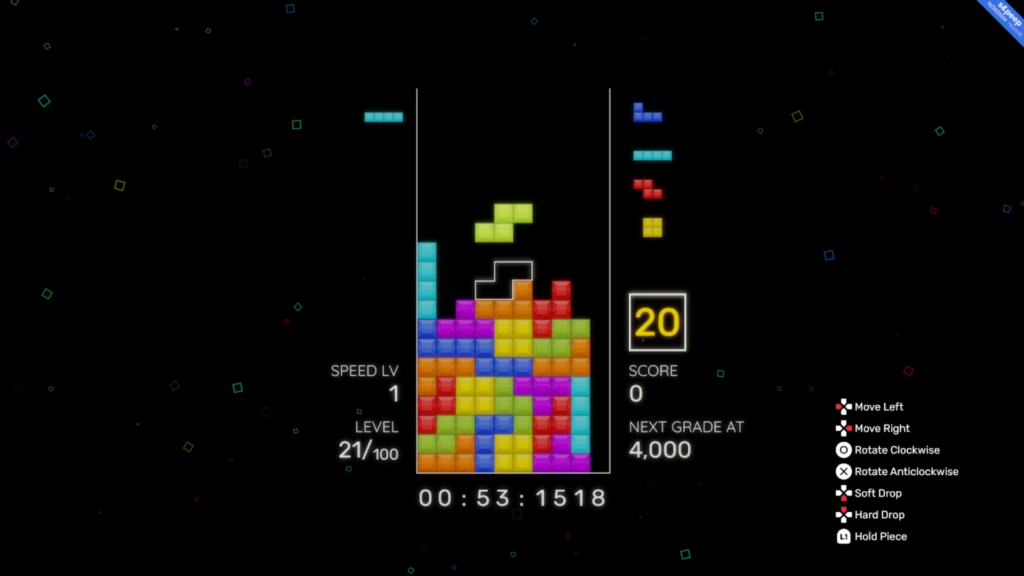
So this time I finally got it all working again and spent a few weeks polishing it up, designing UI and adding in menus, VFX, SFX, the works. Coming up with a proper difficulty curve for it was tricky since I wanted it to be a challenge to make it to the end for most players, which ended up with a lot of playtesting and going back and forth on numbers. In the end to increase the challenge to a level I was happy with I had to extend the speed levels past the standard 20 levels and add in master levels inspired by Tetris Effect’s master mode. The master speed levels start at roughly the same drop speed as level 20 but decrease other timers in the game to make it faster instead.
I tested it on the two best Tetris players I know and both came away happy with the feel of the game and the level of challenge, so I’m pleased with where the project ended up and how it all came together in the end.
